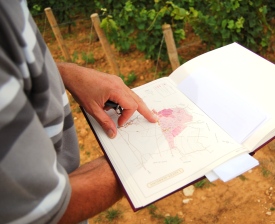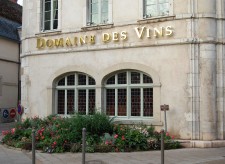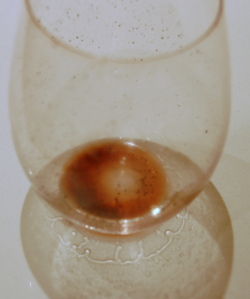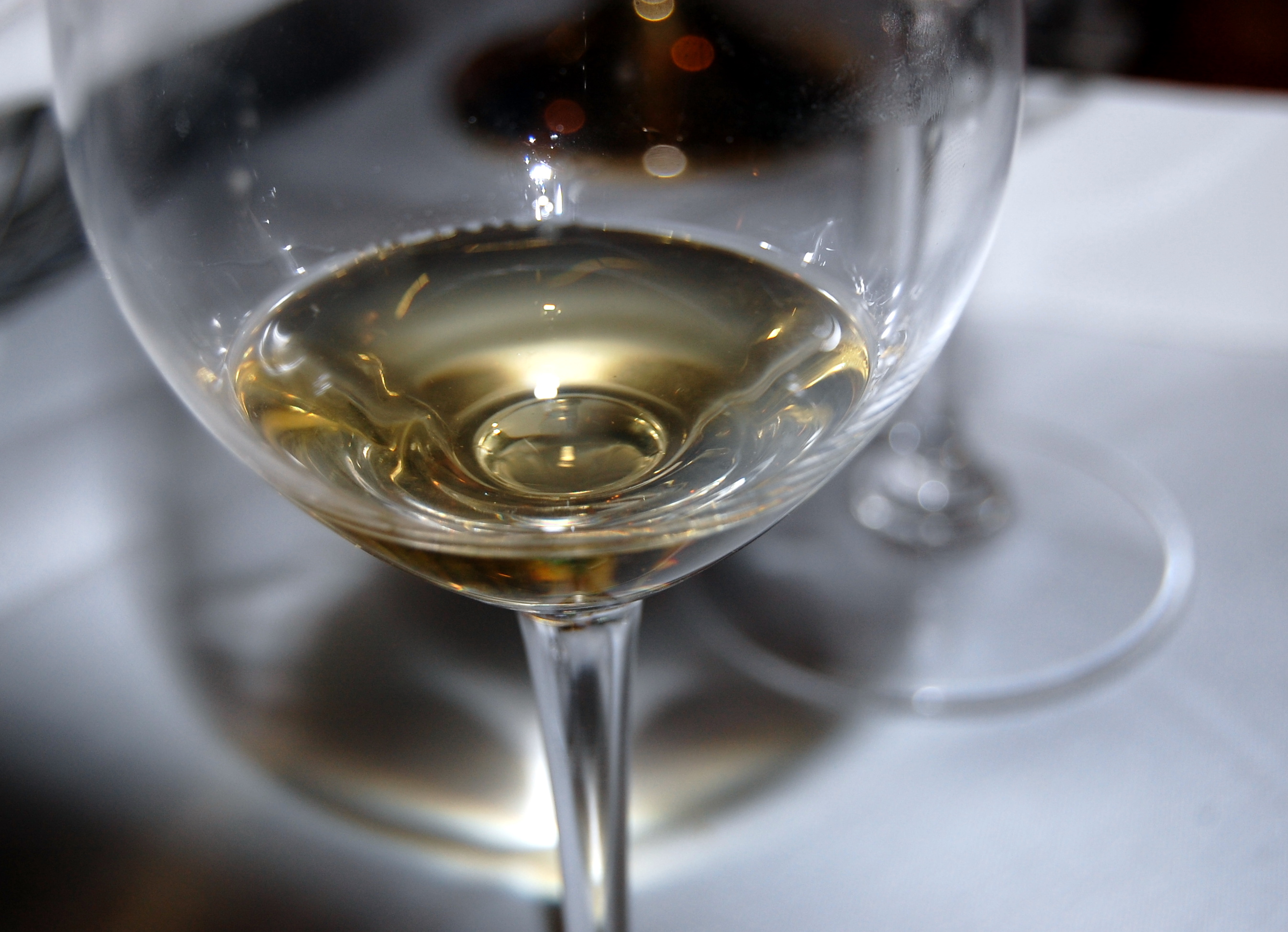DON'T READ THAT!
 Monday, September 20, 2010 at 12:24PM
Monday, September 20, 2010 at 12:24PM 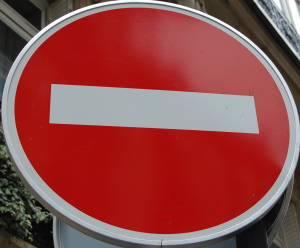
Or what I should say is, go right ahead. Reading is, after all, fundamental. Just don’t put too much stock in what you read. And I don’t mean this thing that you’re reading now. I mean, of course, tasting notes.
When we left off last time, I made my case for the lie that is a wine’s numerical rating. The numbers game is nothing more than that regardless of the sincerity of the mathematician doing the adding.
This installment of my civilized rant against the cottage industry that has grown up around the codification of a wine’s merits or lack of same, on glossy magazine paper or in the ether that is the blogosphere, concerns those very things that practically all of the numbers people say consumers should pay attention to. The tasting note itself.
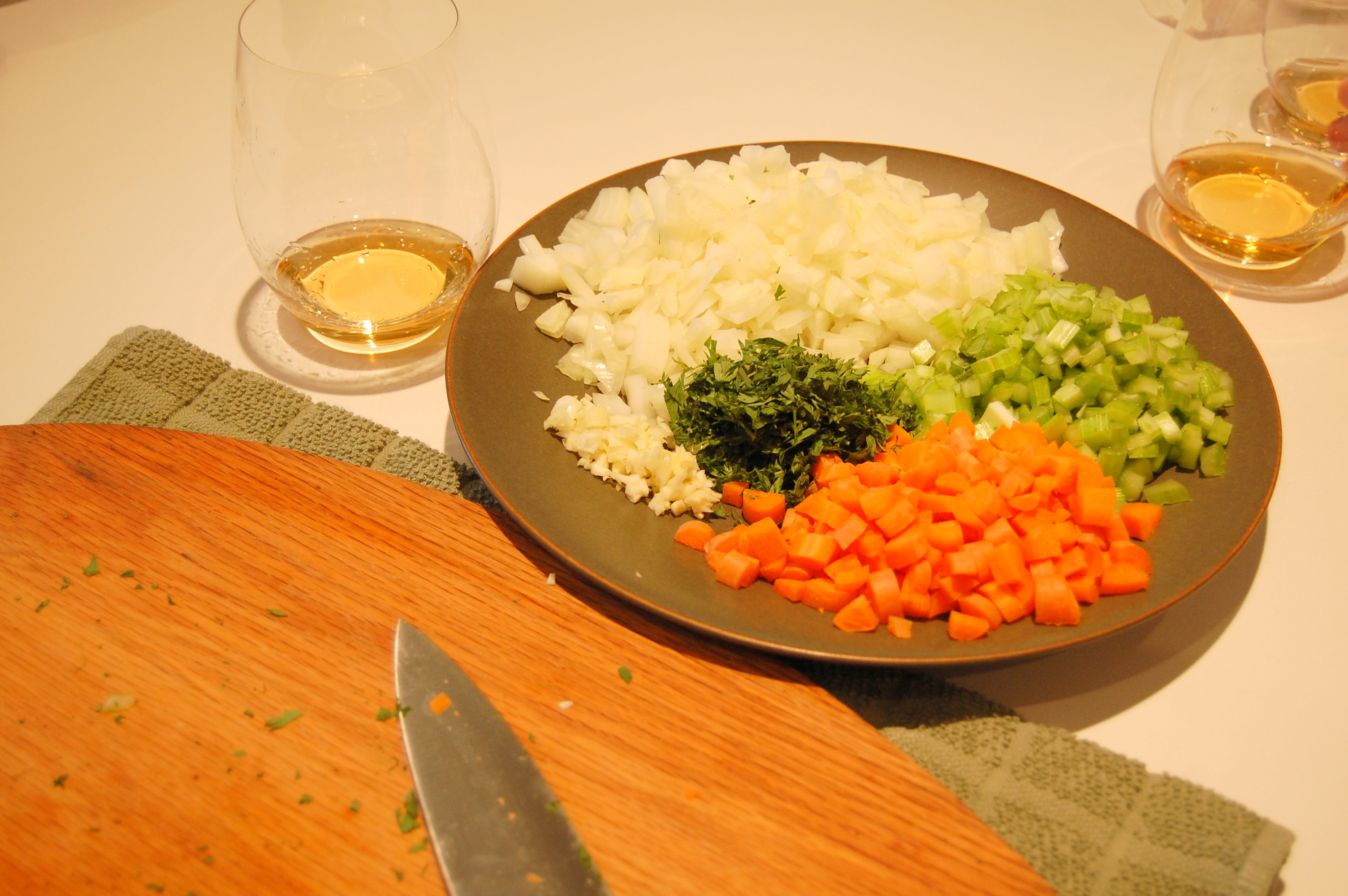
Ah, the tasting note. That glorious collection of adjectives and modifiers. That laundry list of fruits and vegetables, all colors under the rainbow. That geologically precise assessment of terra firma props. The leathers suitable for footwear, valise or pants holder-upper. The urinary. The scatological.
In fairness to the note writers, many are very credible sentence makers. I can think of a handful in particular I edited during my magazine life who did an artful job of describing what they had in their noses and mouths at any given moment. I think us Wine News editors were pretty lucky that way. A baker’s half-dozen out of a dozen and a half or more writers that we had to deal with (including me, by the way, on a regular basis) is a pretty good ratio. And I shall name them parenthetically just in case any of you might want to check if they blog/Twitter/Facebook/whatever. (Here they are, in no particular order: Lyn Farmer; Howard Goldberg; Steve Pitcher; Gerry Dawes; Kerin O’Keefe; Tom Hyland; Derrick Schneider.)
What’s most intriguing about my list of note takers (givers?) is that each of them have very, very different styles. And yet they all are successfully able to do the same thing: Get across the “feel” of a particular wine in a meaningful way. (Hint: There is something to this “feel” thing. More next time. Back to the subject at hand.)
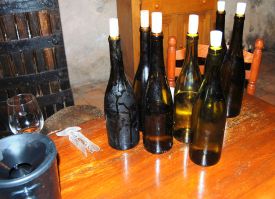
The notes. Right. So, is there a more prodigious note taker than Robert Parker? His run-on sentences would make James Joyce blush with envy. And, as I always offer as a qualifier, I’m a Parker fan.
But seriously, the notes are ridiculous in their breadth and length. I won’t even go down the road of questioning whether any human being is even physiologically capable of conjuring that many smells and tastes from a minute’s worth of smelling and tasting (which is probably longer than he takes, at least according to what I’ve read; if I’m wrong, I will eagerly retract, to a degree, anyway).
What I do know for a fact, a word that technically has very little relevance to our inherently subjective subject matter, is that I’ve written more tasting notes than virtually anyone I will ever encounter in my life. Many have written more. But many more have written far less. So, I know what it takes.
Note takers don’t do business that differently. Really. You look at the wine in the glass. You swirl it around and get your nose in it. You taste it. You scribble a bunch of words. And come up with a number or puff or checkmark. It doesn’t mean all of them are as sensitive to certain things as others. Or that all of them have the background to get why Sancerre ain’t Marlborough. Not to mention that it appears from an anatomical standpoint that some of them are just better equipped to judge this stuff.
Let’s assume that the vast majority of note takers are “qualified” to do what they do. That is, competent to steer consumers toward or away from particular wines. I grant that this is a HUGE assumption (perhaps a subject for another day when I’m really in the mood to torch bridges).
OK, so that leaves us where? Nowhere, actually. It may seem obvious, and so much so that this post is a complete waste of time, but at the end of the day, as with anything that someone judges, be it art, music, food, wine, whatever, you say tomato, I say tomato (that doesn’t work so well outside of the spoken word, but you know what I mean).
One woman’s raspberry is another’s strawberry. You smell chalk, I say flint. Minerals or pencil lead? Apricot or peach? Apple? Yes, but someone will say green, someone else will get red. Or maybe Golden Delicious. Bramble or sage brush? Cut grass or maybe a touch of asparagus? This could be drawn out endlessly, and no one is right and no one is wrong. In fact, the only thing I think note takers can agree on is that white wines don’t show red/black fruit notes (sparklers aside). And red wines don’t show white fruit (again, the bubble caveat). Maybe that’s not a truism, but in this business, it’s about as close as you get to one.
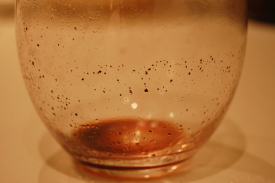
Anyone disagree with the prior paragraph? Then what’s the point of detailing the minutia the note taker “gets” from a few sniffs and sips? Exactly nothing. I get that we want some sort of record of where we’ve been. It’s the equivalent, maybe, of George Washington slept here. An historical artifact, if you will. That’s fine, but as with history, very little of it is actually fact. Particularly if it’s first-person history (I know this because not only am I lawyer by trade – eyewitness testimony is inherently unreliable, and I can prove it – but was a history major in college).
I’m not suggesting that all of us sniffers and sippers don’t “get” what we get from a wine. Only that the list of what we got isn’t really useful. It doesn’t do what it’s supposed to do (i.e., give the consumer a guide to what a wine is all about). What it does do is tell the reader much more about the writer than it does the wine. In much the same way, by the way, that reviews of books, dance, movies, whatever do about their reviewers.
Maybe there’s some value in that. If you like so-and-so’s palate, then you’re getting some guidance, I suppose. But seriously, is that what all of this scoring/note writing boils down to at its core? That so-and-so’s nose/mouth is worth emulating by some number of consumers?
That’s silly.
Next time, I will offer what I think is a truly useful way to look at wine. It doesn’t include numbers, but have no fear, there are words.



